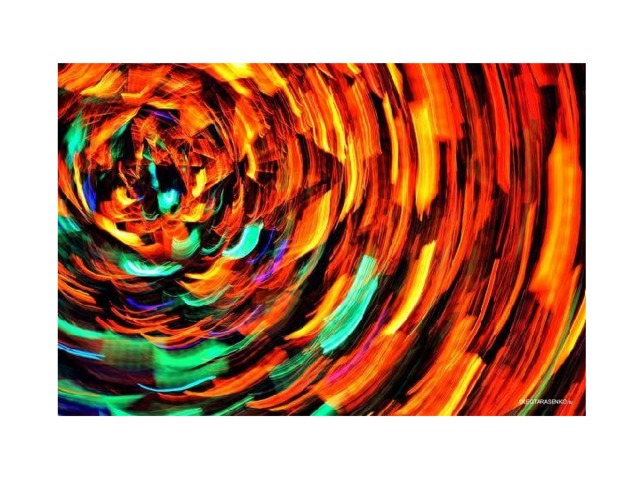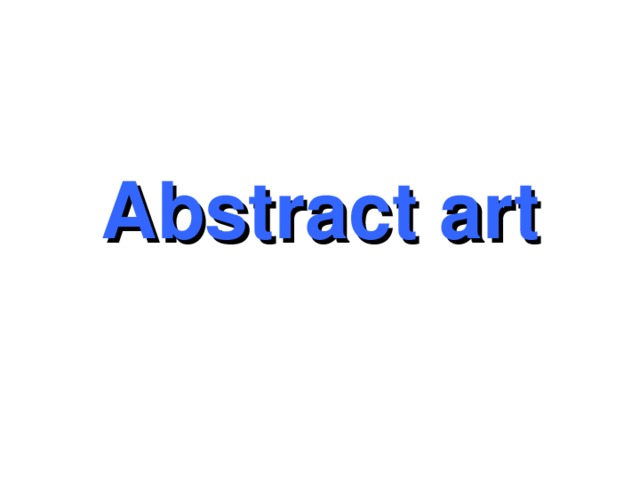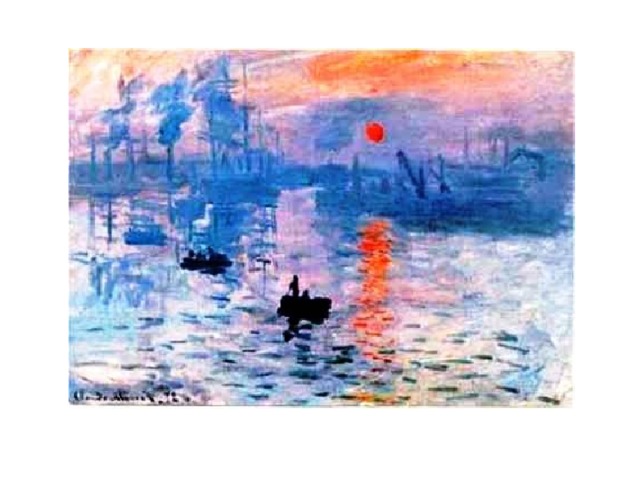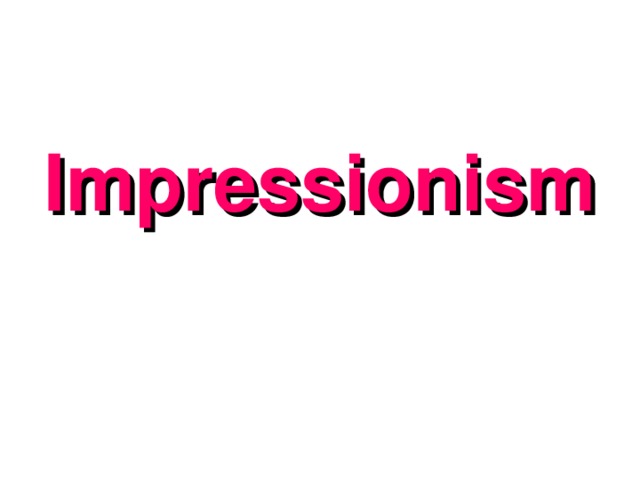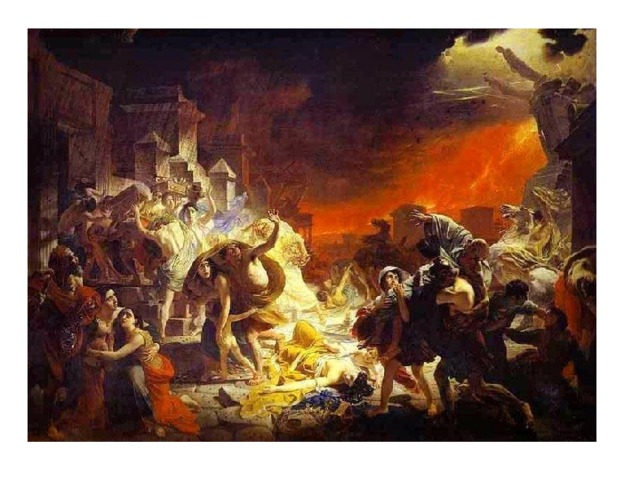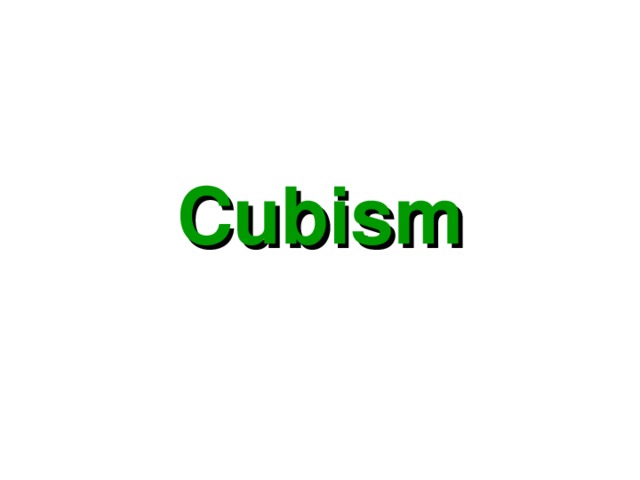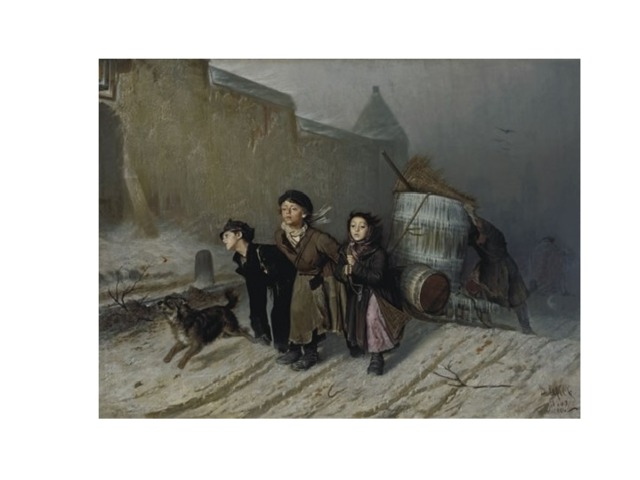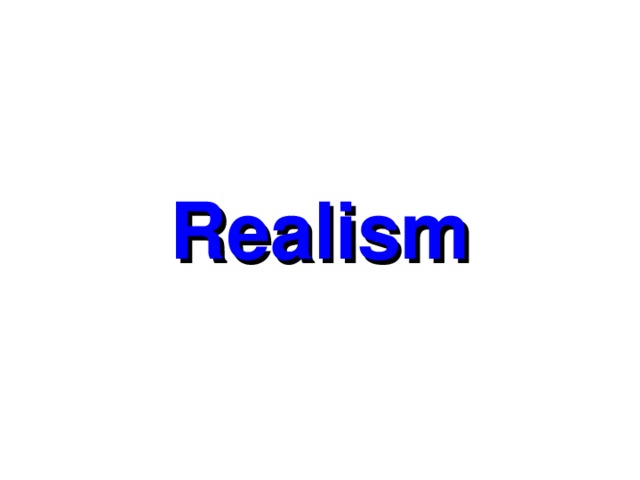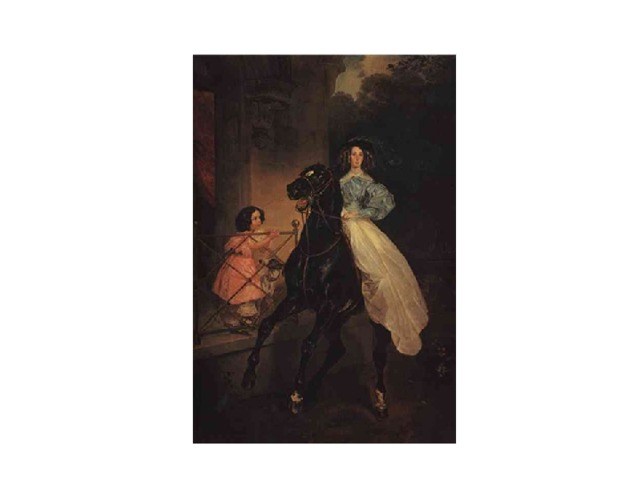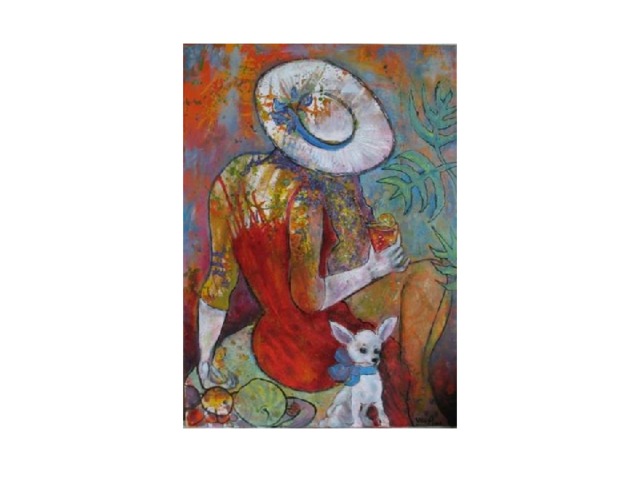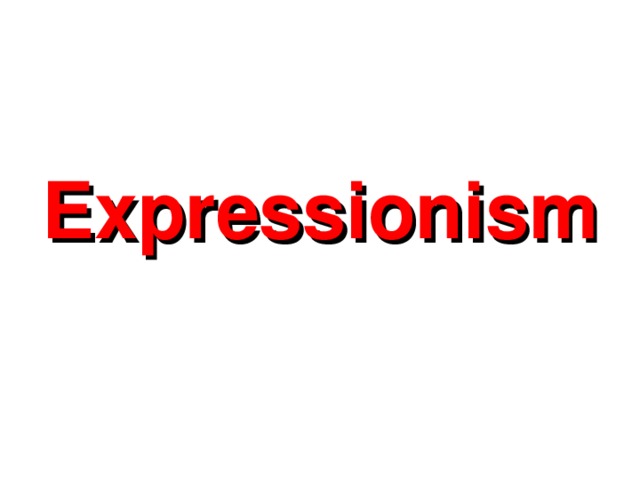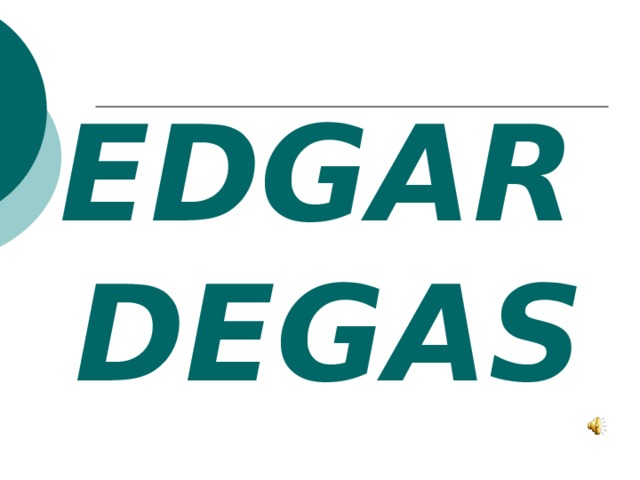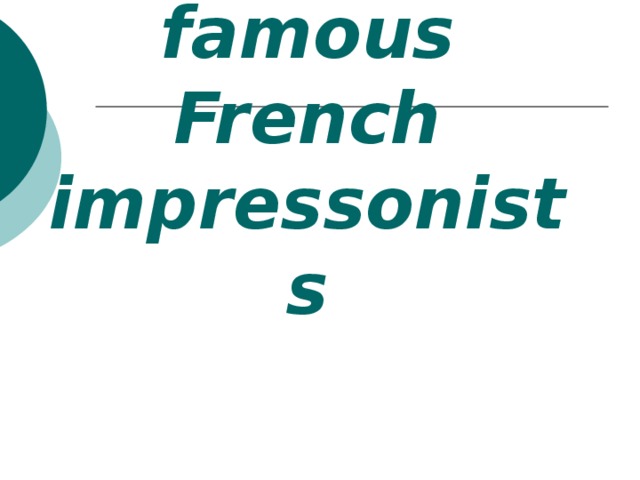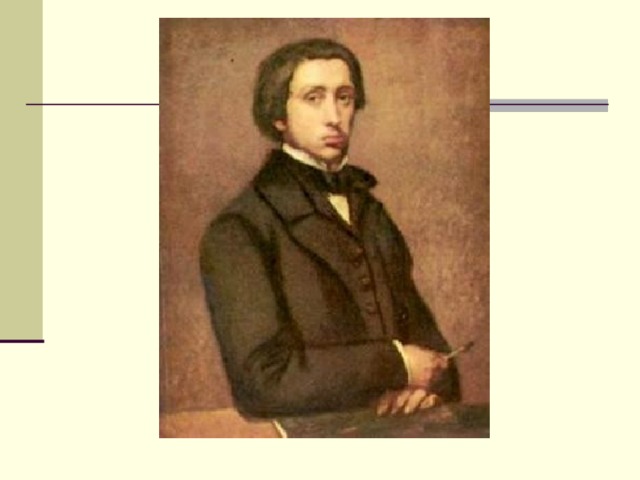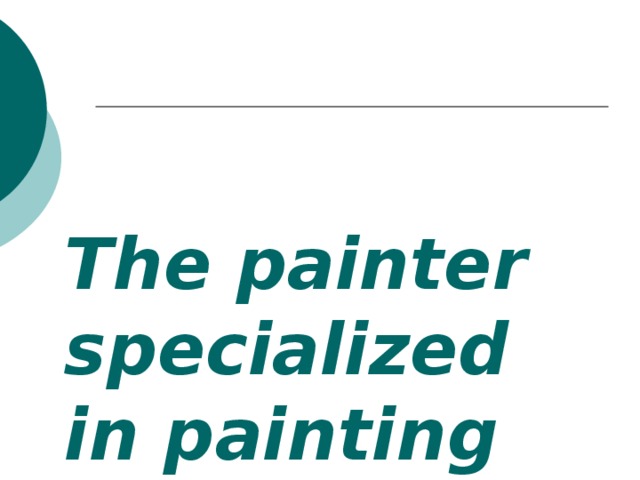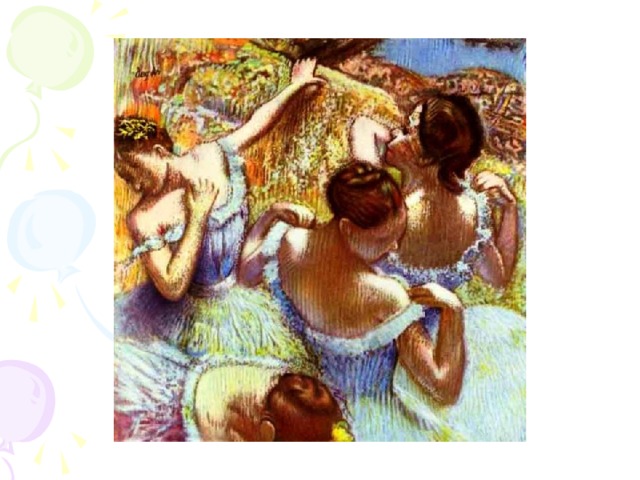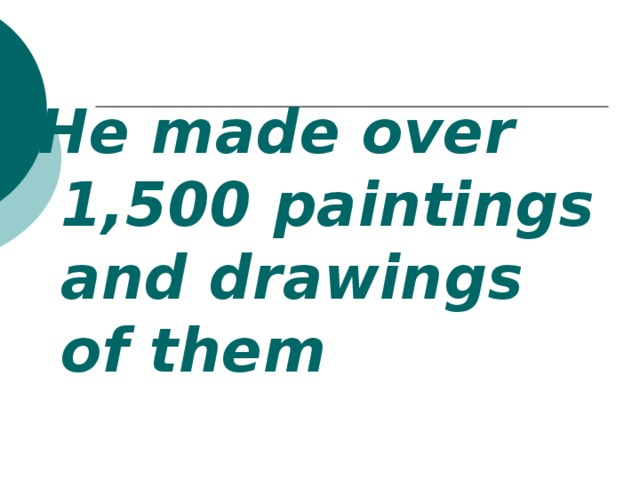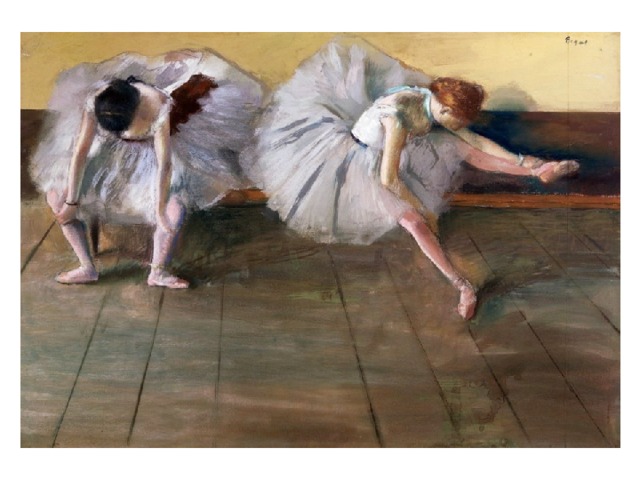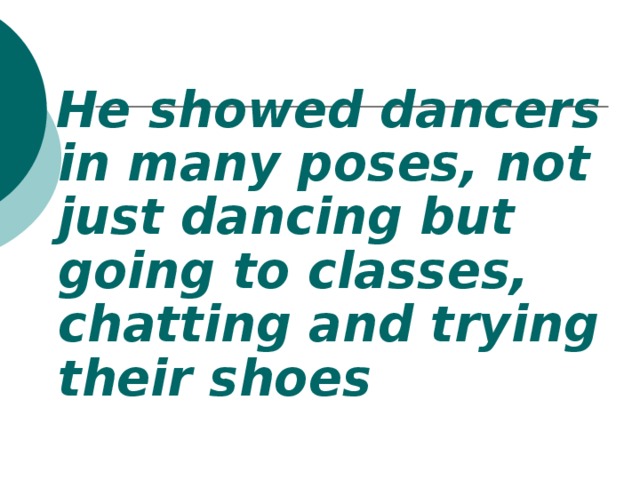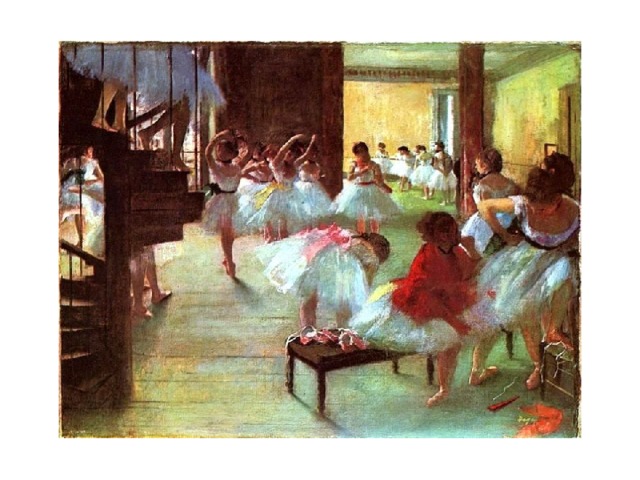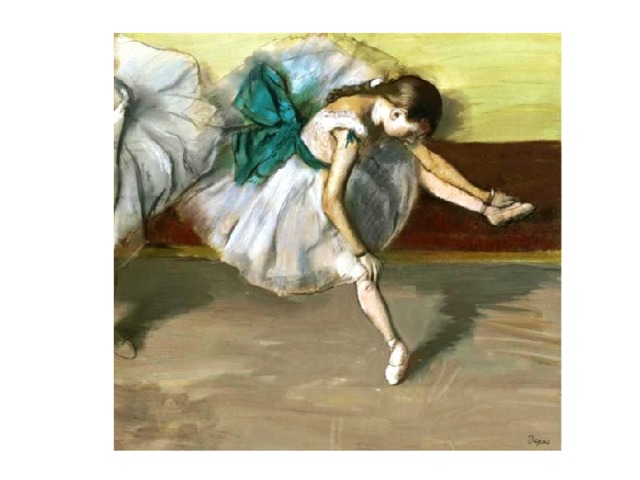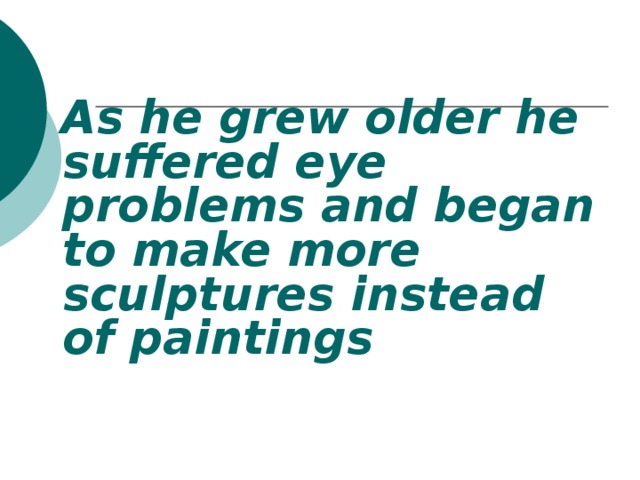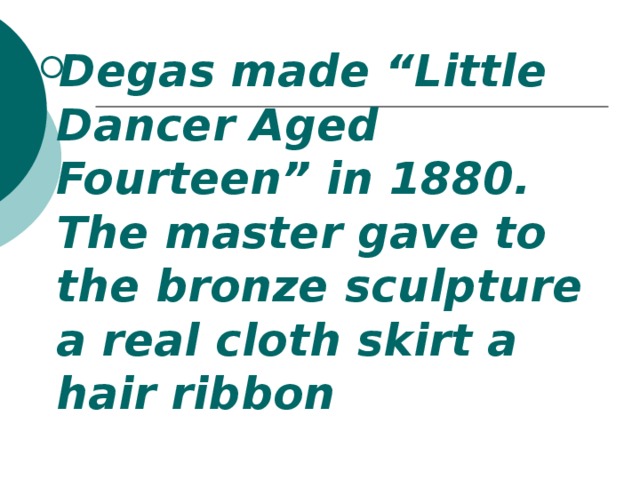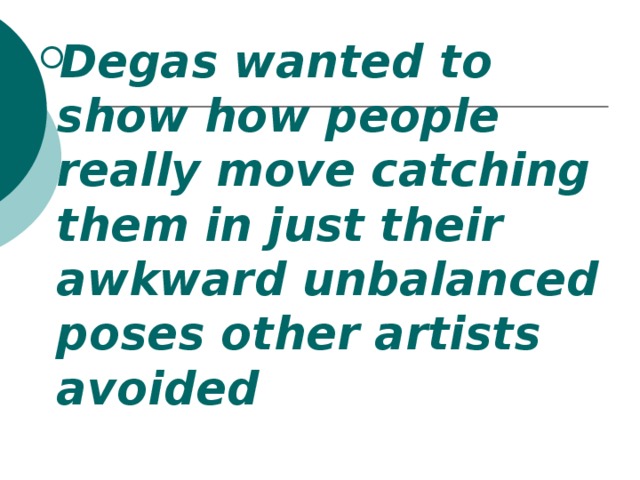Разработка урока "Стили живописи" (английский язык, 10-й класс) с использованием ИКТ
Objectives:
Teaching students to understand the differences between the styles of visual art.
Organizing original research work on the text
Practice in listening
Speaking practice
Equipment: a computer and a screen for demonstrating slides on; slides; loudspeakers; audio disc to the English course; blanks with tables for filling in; textbooks; the presentation “Edgar Degas”.
Development of the lesson
1. Greeting the students
2. Warming-up activities
(some motivating task, it may be a talk on some up-to-date event or some purpose communicative task: a guessing game, a problem situation or any other self-disclosing activities.)
e.g.
– How did you spend your weekend?
– Who went to the Congress-centre to see the ballet ”Swan Lake” on Saturday?
– What are your impressions?
– Do you think laymen can understand art?
(Students come to the conclusion that everybody can understand art in his own way and according to his development)
3. Announcing of the objectives of the lesson
– There are as many ways of making pictures as there are artists. Painters often show their preference to a particular genre and style, they create their pieces following particular tendencies and art movements. Today we are going to analyze different styles in painting and learn how to tell one style from the other. Then you’ll listen to the tape and learn about one of the greatest French painters and have a talk on his biography and creative work.
4. Informative reading
(Work with the textbook)
– Will you take you books and find the text “Old and New Art” on page 13? Before the text there is a column of words, can you guess their meaning? Read them paying attention to the stresses, please:
abstract art
romanticism
cubism
expressionism
impressionism
classicism
realism
– The text tells us about styles in painting and gives the representatives of art tendencies. Will you look through the text?
(Students scan the text)
– Now each of you will get an individual card with a table in it, your task is to fill in the table using the text. In the columns you are to put down the distinguishing features of the art styles.
| abstract art | romanticism | cubism | expressionism | impressionism | classicism | realism |
| | | | | | | |
(The work will result in a table like this)
| abstract art | romanticism | cubism | expressionism | impressionism | classicism | realism |
| It doesn’t show real people or things, but only shapes and colours | Shows sensibility, heroic isolation, emphasis on women and children | Things are broken up into angular shapes | Exaggerated colours and shapes are used to convey feelings | Gives changing affect of natural light, colours are pure,vivid and bright | Balanced and controlled, simple forms, following ancient models | It shows things as they really are, lifelike pictures |
5. The use of the new knowledge
– So, you’ve finished your research work, you’ve made the classification of the characteristic features of different tendencies in art, and I’m sure that now you can tell one art style from the other. Here are some pieces of visual art, you are to recognize their styles, use your tables if you need.
(The computer is switched on and reproductions of different painters are projected on the screen, students name the art styles) (Приложение 1)
6. Reflection on personal experience
– Do you think you’ve got any new knowledge at the lesson? Can you use it? So, you can explain the difference between the styles to any layman now, can’t you?
7. Practice of listening
– Now, you’ll listen to a text about one of the best representatives of the French impressionism Edgar Degas. Find ex.5 on page 8, look at the statements and say if they are true, false or not mentioned.. (O.V.Afanasyev, I.V.Mikheeva, CD to the course “English”X, track 3)
(Students listen to the text twice if it is necessary and do ex. 5, p. 8)
8. Speaking practice
– Now we’ll watch the presentation about Edgar Degas but there’ll be only slides but no texts to them. So, your task is to comment the slides using the information about the painter from the previous exercise. (Приложение 2)
(Students watch the presentation, more skillful ones comment on the slides while watching it for the next time.)
9. Summing up
– You homework for the next lesson is to prepare a short report on one of art styles we’ve learned today, it will be the basis for your future presentation on any art style and you’ve just seen the example of it. You are to name the representatives and the most important works of the style you’ve chosen.
You marks today… (giving marks)
Have you any questions? So, I wish you good luck!
